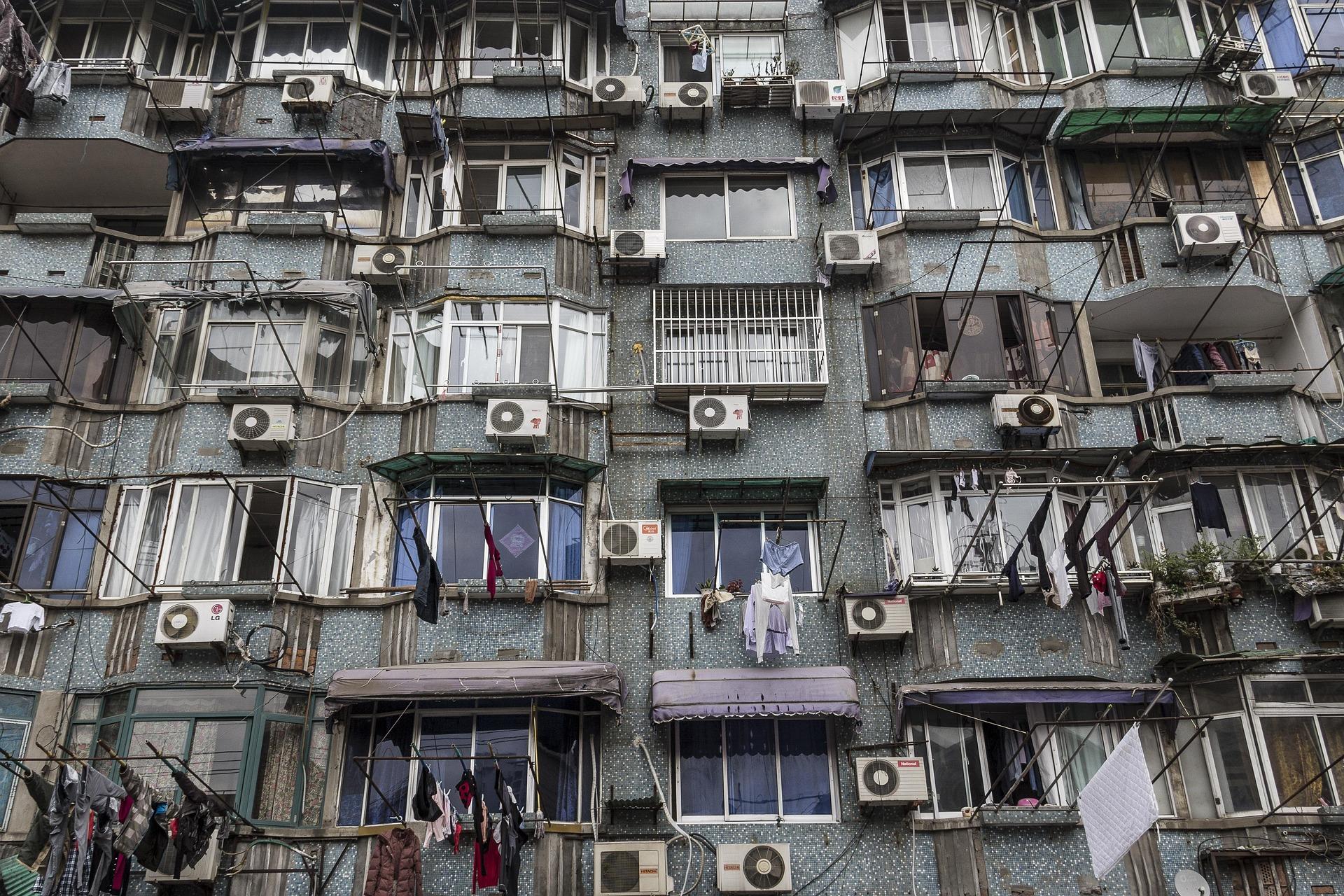
As the summer heat intensifies, stepping out of the house feels like walking into a furnace. People across the country—from metro cities to small towns—are trying their best to avoid going outside during peak noon hours. For those who must, the goal is to return quickly to the cool comfort of air conditioners or coolers.
With the rising temperatures, the use of air conditioners has significantly increased. However, this growing dependence on ACs comes with a hidden environmental cost. Air conditioners not only consume large amounts of electricity but also generate heat and release greenhouse gases, which harm the ozone layer and contribute to global warming.
In response to these environmental challenges, the Indian government has taken an important step by introducing temperature standardization for air conditioners. Under this new regulation, AC temperatures must be maintained within a range of 20°C to 28°C. This means consumers will not be able to set their ACs below 20°C for cooling or above 28°C for heating.
This concept is already in place in several other countries. For example, in Japan, the standard AC temperature is set at 26°C, while in Italy, it is 23°C. India is now implementing a similar model to reduce energy consumption and protect the environment.
The policy aims to achieve three main goals: conserving energy, reducing environmental damage, and balancing electricity supply. By preventing extreme cooling and heating, the overall power demand will decrease. This, in turn, will result in lower emissions and less strain on the environment. Government data shows that rural areas now have access to electricity for over 22 hours a day, and urban regions for more than 23 hours. With such widespread availability, it becomes crucial to manage consumption wisely.
This is the first time India is experimenting with AC temperature standardization at a national level. Authorities believe this measure will yield long-term benefits in power management and environmental sustainability. The success of this initiative will depend on effective implementation as well as public awareness and cooperation.
It reflects a broader vision in which economic growth, reliable energy access, and environmental protection go hand in hand. Whether this regulation will become a key tool in India’s efforts to combat climate change remains to be seen.
Disclaimer:
This article is based on current government announcements and public data. The effectiveness of the policy may vary based on implementation and future revisions.




